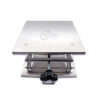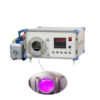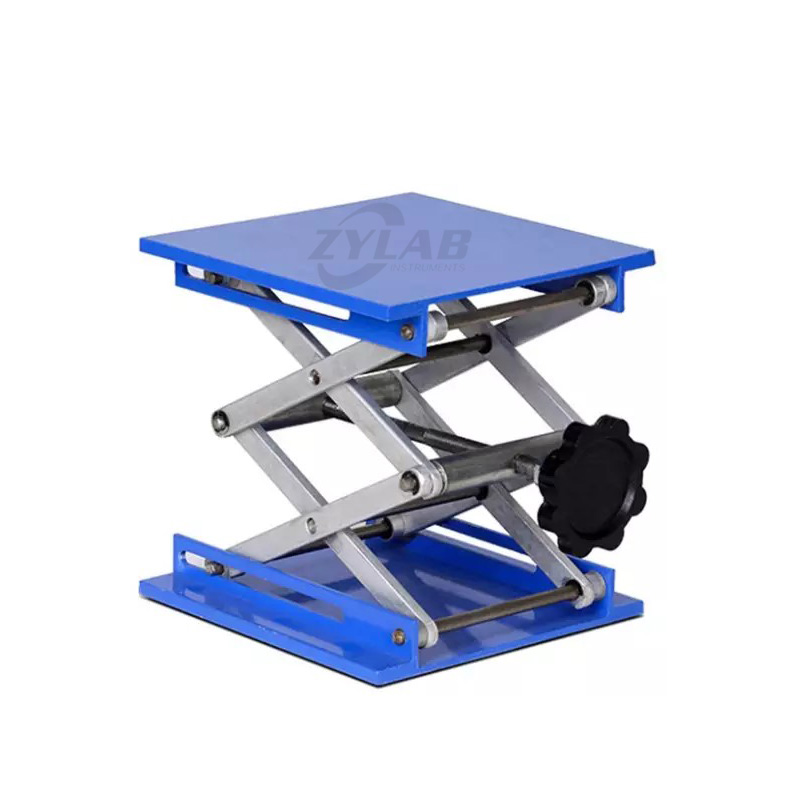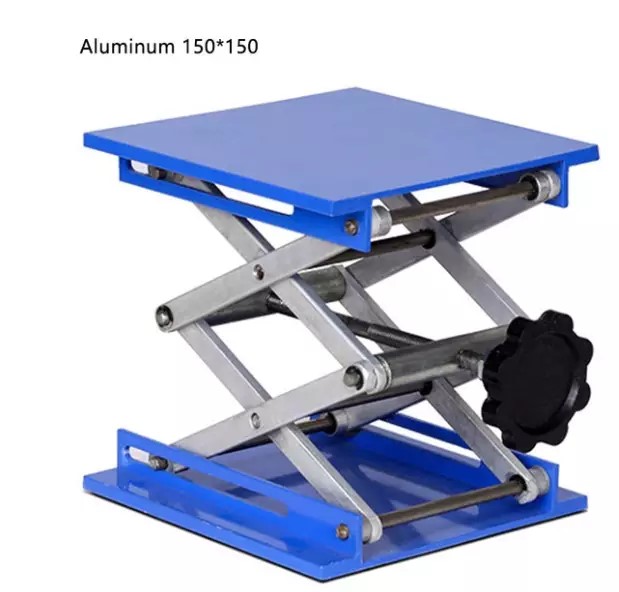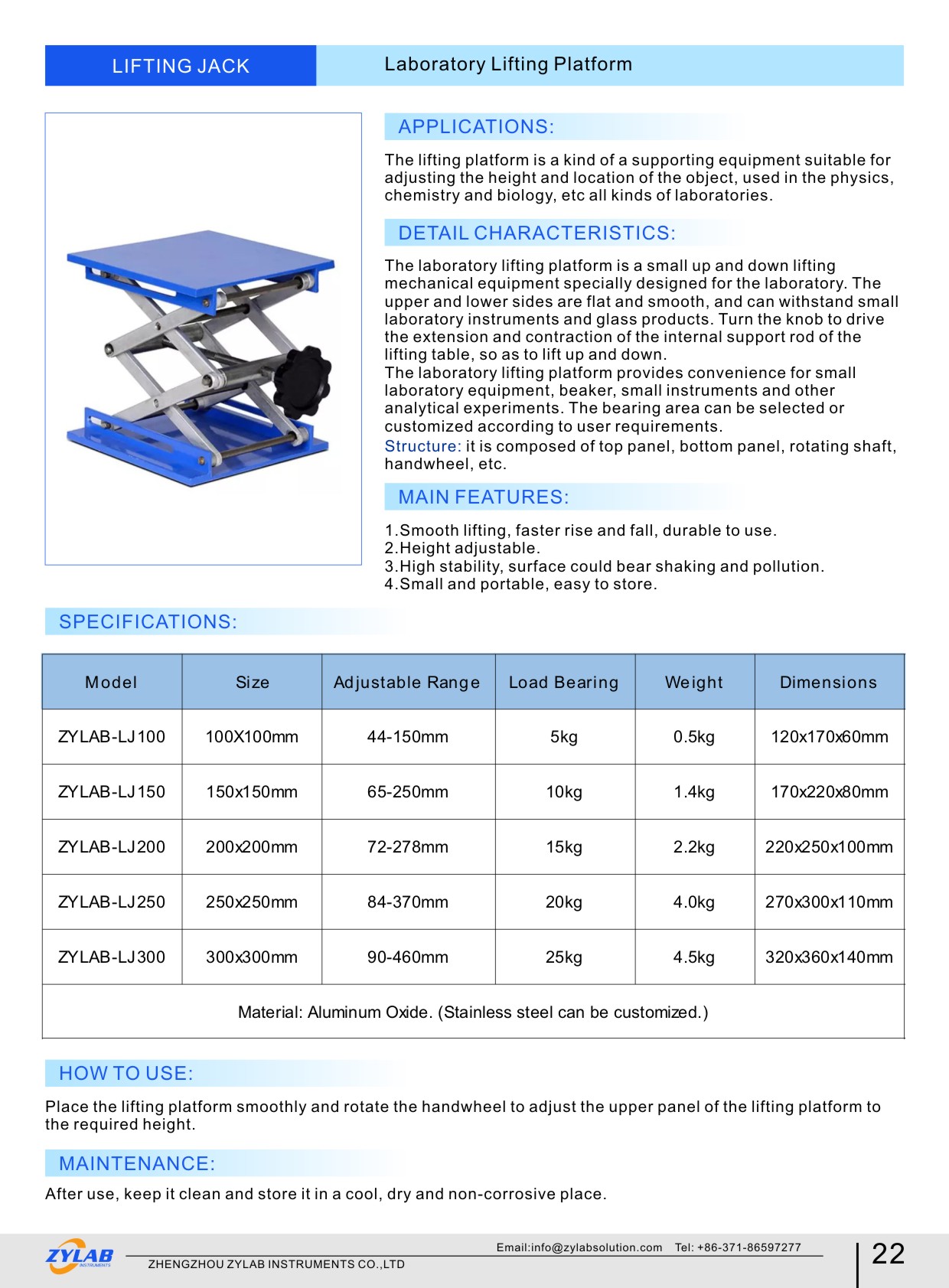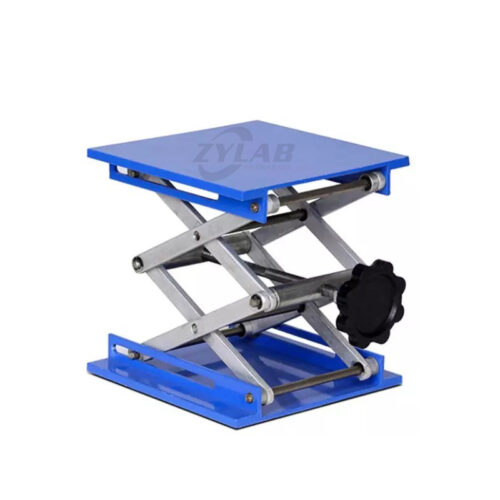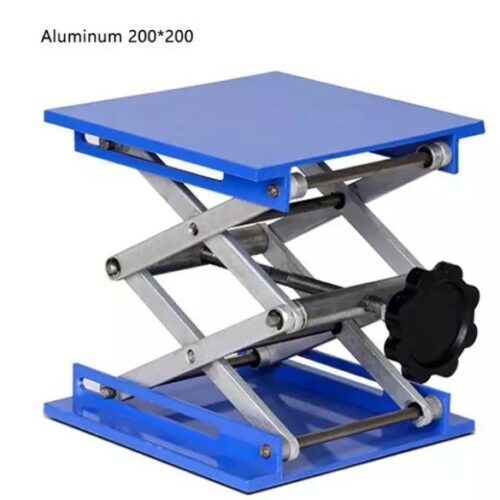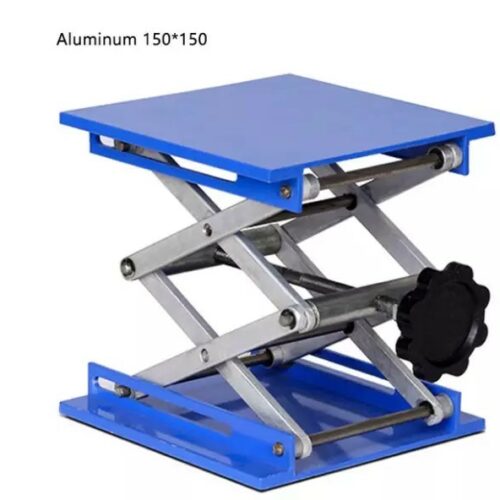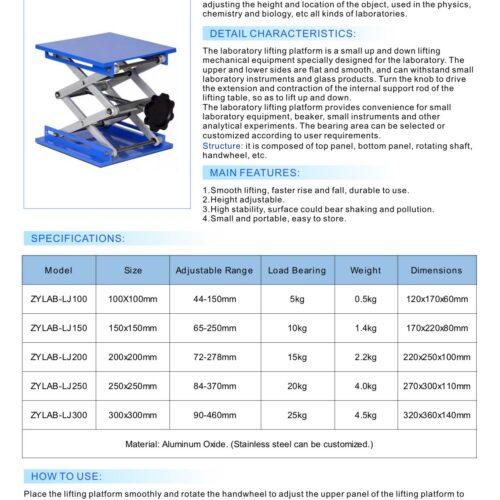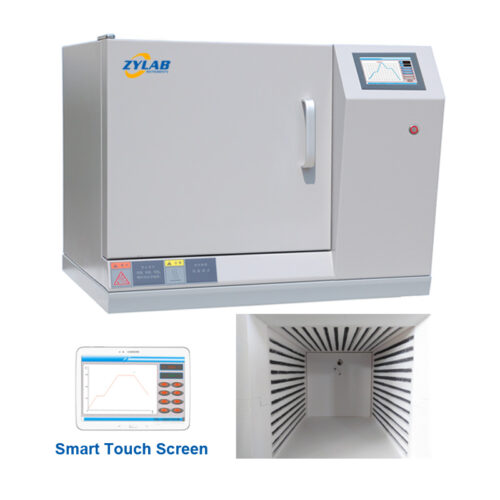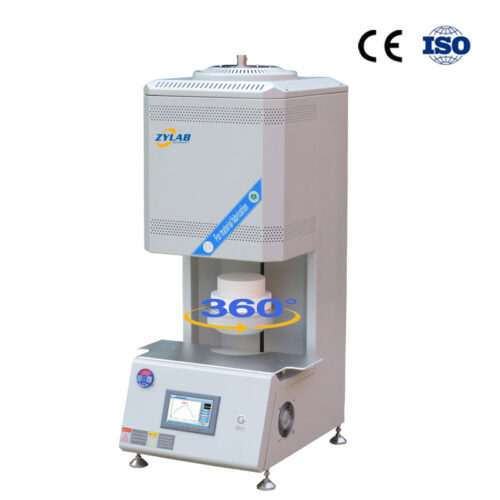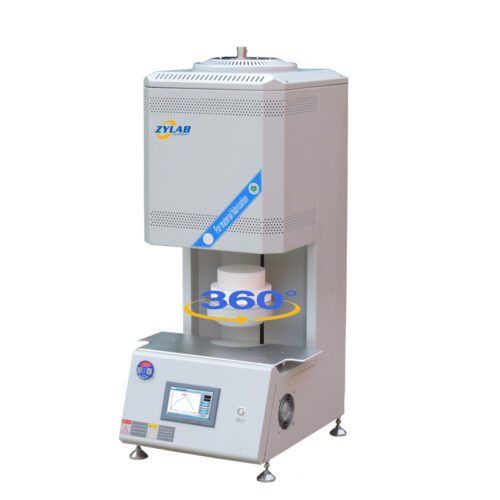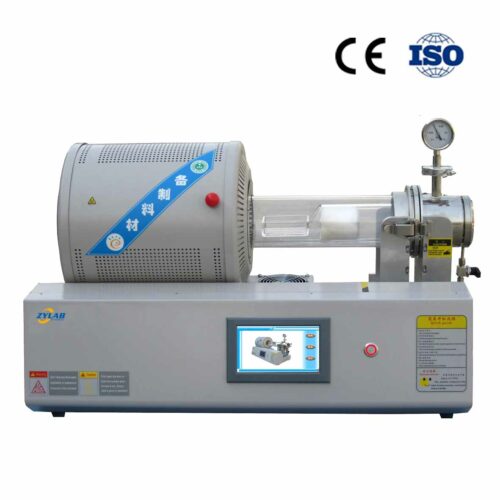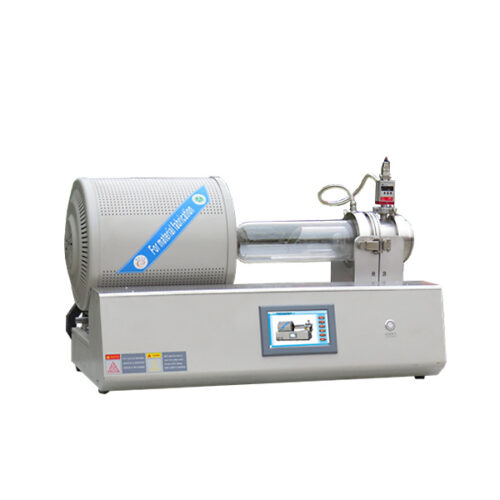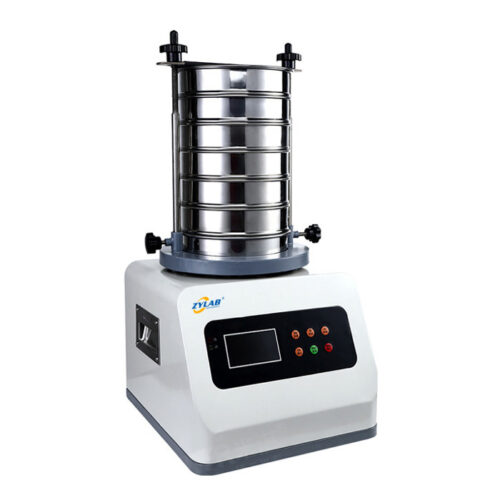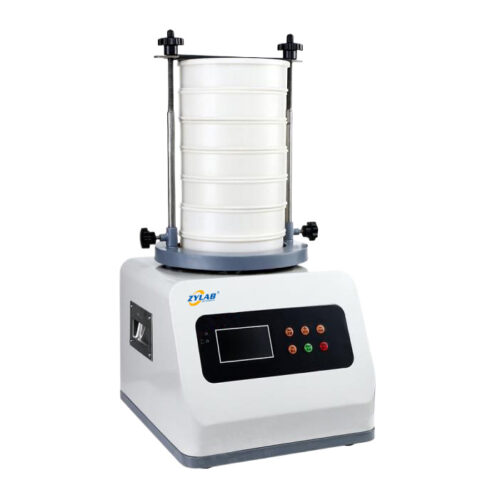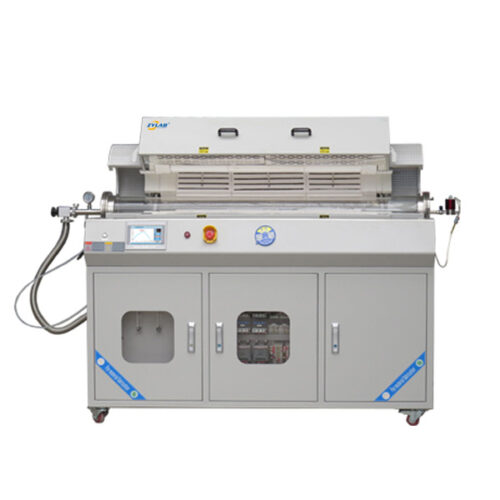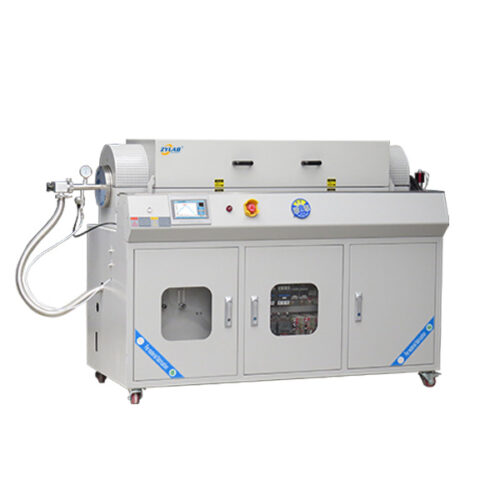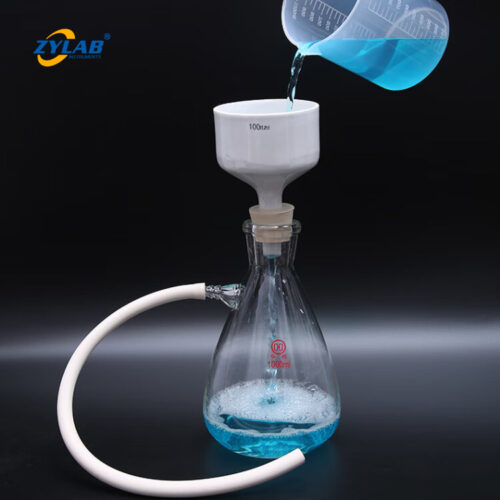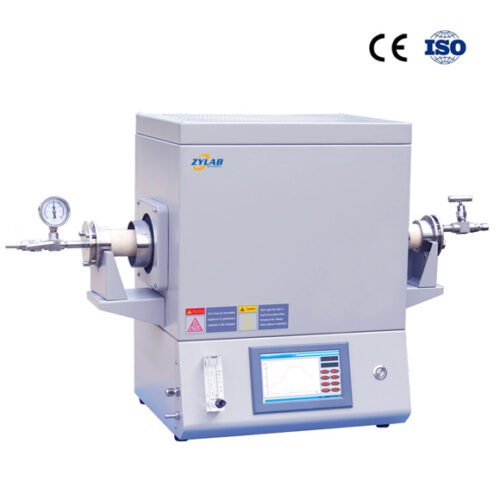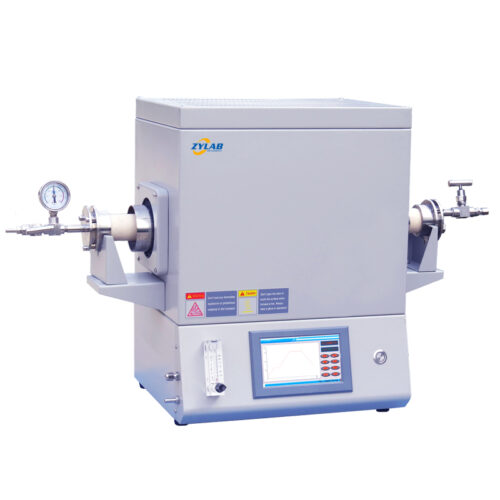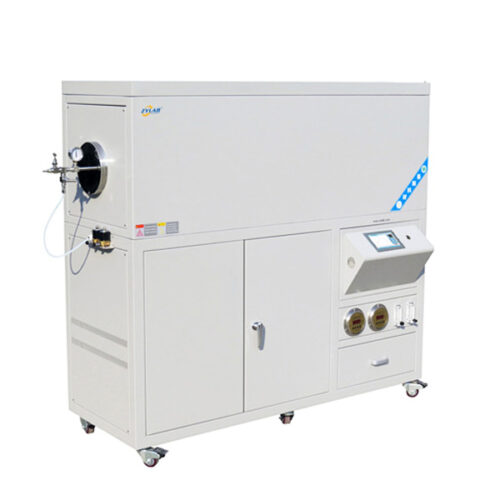Laboratory Jack
Introduction:
Laboratory jack is a small up and down lifting mechanical equipment specially designed for the laboratory. The upper and lower sides are flat and smooth, and can withstand small laboratory instruments and glass products. Turn the knob to drive the extension and contraction of the internal support rod of the lifting table, so as to lift up and down.
The laboratory jack provides convenience for small laboratory equipment, beaker, small instruments and other analytical experiments. The bearing area can be selected or customized according to user requirements.
Structure:
It is composed of top panel, bottom panel, rotating shaft, handwheel, etc.
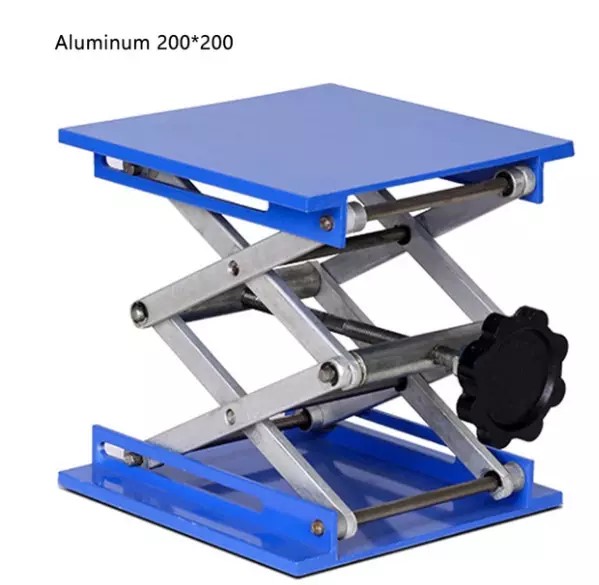
Main Features:
1. Smooth lifting, faster rise and fall, durable to use.
2. Height adjustable.
3. High stability, surface could bear shaking and pollution.
4. Small and portable, easy to store.
Specification of Laboratory Jack:
|
Model |
Size |
Adjustable Range | Load Bearing | Weight | Dimensions |
| ZYLAB-LJ100 | 100X100mm | 44-150mm | 5kg | 0.5kg | 120x170x60mm |
| ZYLAB-LJ150 | 150x150mm | 65-250mm | 10kg | 1.4kg | 170x220x80mm |
| ZYLAB-LJ200 | 200x200mm | 72-278mm | 15kg | 2.2kg | 220x250x100mm |
| ZYLAB-LJ250 | 250x250mm | 84-370mm | 20kg | 4.0kg | 270x300x110mm |
| ZYLAB-LJ300 | 300x300mm | 90-460mm | 25kg | 4.5kg | 320x360x140mm |
| Material: Aluminum Oxide. (Optional: Stainless Steel) | |||||
Applications of Laboratory Jack:
Laboratory jacks, also known as lab jacks or lab lifts, are versatile pieces of equipment commonly found in laboratories. THere are some common applications of laboratory jacks:
Adjusting Equipment Height:
Laboratory jacks are often used to elevate various pieces of lab equipment to a desired height. This could include raising hot plates, stirring platforms, or other instruments to an appropriate level for experimental setup or operation.
Supporting Apparatus:
Lab jacks can provide stable support for a variety of apparatus, such as glassware setups, reaction vessels, or distillation setups. By adjusting the height of the jack, researchers can ensure proper alignment and stability during experiments.
Optical Experiments:
In optical experiments, precise positioning of components like lenses, mirrors, and light sources is crucial. Laboratory jacks allow researchers to finely adjust the height and position of optical elements to achieve the desired experimental setup.
Microscopy:
Laboratory jacks are often used in microscopy setups to adjust the height of the microscope stage or to position specimens and slides for viewing. This ensures that samples are properly focused and centered under the microscope objective.
Heating and Cooling:
Lab jacks can be used to raise or lower heating mantles, hot plates, or cooling baths to control the temperature of reactions or samples. By adjusting the height, researchers can regulate the heat transfer or cooling efficiency of the equipment.
Electrochemistry:
In electrochemical experiments, laboratory jacks may be used to position electrodes, reference electrodes, and other components relative to the electrolyte solution. Precise height adjustment is essential for achieving accurate and reproducible results in electrochemical measurements.
Material Characterization:
Laboratory jacks are used in material characterization techniques such as X-ray diffraction (XRD), X-ray fluorescence (XRF), and atomic force microscopy (AFM) to position samples or detectors at the desired height or angle for analysis.
Educational Demonstrations:
Laboratory jacks are commonly used in educational settings to demonstrate principles of physics, such as mechanical advantage, force, and motion. They can be used to lift various objects or to illustrate concepts like equilibrium and stability.
Overall, laboratory jacks are essential tools in the laboratory, providing precise height adjustment and support for a wide range of experimental setups and applications. Their versatility makes them indispensable for researchers, technicians, and educators alike.
FAQ:
1. How to use?
Place the lifting platform smoothly and rotate the handwheel to adjust the upper panel of the lifting platform to the required height.
2. How to Maintenance?
After use, keep it clean and store it in a cool, dry and non-corrosive place.

